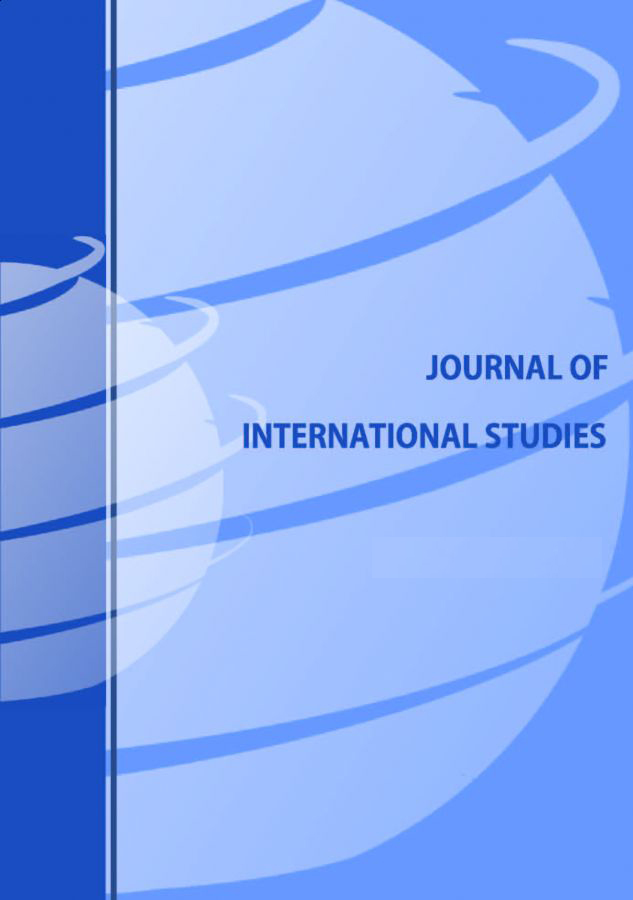A comparative analysis of the effectiveness of corporate bankruptcy prediction models based on financial ratios: Evidence from Colombia
A comparative analysis of the effectiveness of corporate bankruptcy prediction models based on financial ratios: Evidence from Colombia
Author(s): Jackson ArroyaveSubject(s): Business Economy / Management, Policy, planning, forecast and speculation, Financial Markets
Published by: Fundacja Centrum Badań Socjologicznych
Keywords: bankruptcy prediction; financial ratios; financial crisis; Colombia;
Summary/Abstract: Logit and discriminant analyses have been used for corporate bankruptcy prediction in several studies since the last century. In recent years there have been dozens of studies comparing the several models available, including the ones mentioned above and also probit, artificial neural networks, support vector machines, among others. For the first time for Colombia, this paper presents a comparative analysis of the effectiveness of several models predicting corporate bankruptcy. Such models have previously been mostly used in relation to European and North American markets, whereas here they are applied to the financial ratios of three firms located in Colombia. The main objective is to corroborate the validity of these models in terms of their ability to predict firm failure in the Latin American context, specifically for two bankrupt Colombian firms and one healthy one. The analysis is conducted using bankruptcy forecasting models widely proposed in the literature and used systematically in developed countries: the multiple discriminant analysis Z-Altman model, Korol’s two-function model and Prusak’s P2 model. In addition, the logit and decision tree models developed by T. Korol are tested.
Journal: Journal of International Studies
- Issue Year: 11/2018
- Issue No: 1
- Page Range: 273-287
- Page Count: 15
- Language: English

